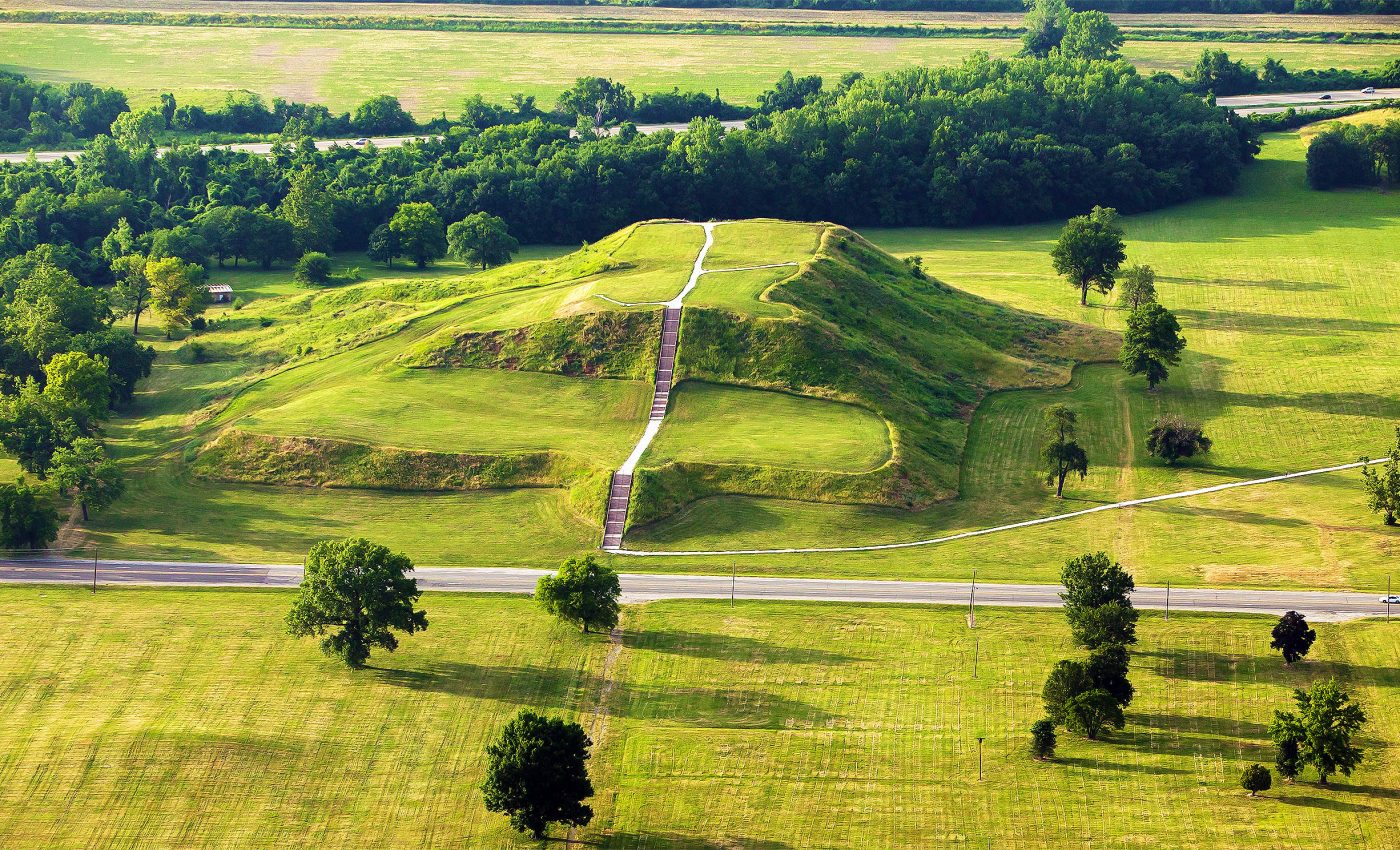
Native American civilization of 50,000 people mysteriously vanished
Ever wandered into the sea of thoughts where civilizations seemingly disappear and mysteries remain unsolved? Let’s unravel the enigma of the Native American group, Cahokia, that people had to mysteriously abandon around 600 years ago.
In the heart of what we now know as Illinois, the civilization thrived to later abandon their six-square-mile city.
Scientific breakthroughs by US Bureau of Land Management archaeologist Dr. Caitlin Rankin, in collaboration with Washington University in St. Louis, have started to shed light on this mystery.
Abandoning Cahokia
Despite the age-old theory suggesting that the ancient city became unlivable after a catastrophic crop failure and drought, new evidence begs to differ.
After meticulous carbon-dating analysis of deep-cut layers of soil and agricultural remnants, the researchers found that farming practices in Cahokia surprisingly continued unscathed during the drought years.
“The story we once knew is changing,” Dr. Rankin affirms, “It’s possible that they weren’t really feeling the impacts of the drought.”
Life beyond drought
So, if drought didn’t pave the way for abandonment, what did?
Researchers now believe that the indigenous residents may have gradually drifted from their city in search of better opportunities. Perhaps the pull of distant loved ones also played a part in this dispersion.
“We saw no evidence that prairie grasses were taking over, which we would expect in a scenario where widespread crop failure was occurring,” said Dr. Natalie Mueller, assistant professor of archaeology at Washington University.
Could this be a testament to resilience? Probably. Or perhaps it’s the manifestation of the age-old phenomenon where new generations seek greener pastures, much like today’s urban sprawl.
“People probably just spread out to be near kin or to find different opportunities,” Dr. Mueller added.
Deciding to abandon Cahokia
Why wouldn’t drought affect a civilization that’s right at the heart of a flood plain?
The Cahokia people were no strangers to the hardships of life and were well-prepared for potential droughts with their sophisticated food storage systems.
The duo of Dr. Mueller and Dr. Rankin also highlight that despite the drought, the region may have been destabilized, affecting Cahokia’s resources.
Life in Cahokia
The Cahokia unquestionably left their mark on the world, constructing an estimated 120 earthen mounds, boasting the largest city north of Mexico before the arrival of European settlers.
These mounds, akin to pyramids, were likely built to honor and protect the homes of Cahokia’s civic leaders. But what’s more enthralling is their unmatched agricultural prowess.
“Cahokia’s farmers grew at least eight crops,” Dr Mueller said. “These included both warm and cool season grasses, oil seed crops, and highly nutritious pseudo-cereals, each of which is adapted to slightly different conditions.”
“In addition, Cahokia had access to an enormous freshwater fishery, one of the great flyways of the world, perennial wetland plants, and “food forests” full of nuts and fruits that had been shaped by local communities for millennia.”
Before Cahokia was abandoned
In addition to their agricultural ingenuity, Cahokia was a nexus of trade and exchange. Artifacts discovered from far-flung locales suggest that this ancient city had extensive trade networks stretching across vast distances.
Seashells from the Gulf Coast, copper from the Great Lakes, and mica from the Appalachian Mountains were all found among Cahokia’s remnants, illustrating the city’s role as an interconnected hub.
These trade relationships not only enhanced Cahokia’s wealth but also facilitated cultural exchange, enriching their society with diverse ideas and technologies.
The interconnectedness of Cahokia with other regions shines a light on their sophisticated economy and underscores their importance as a major center of the Mississippian culture.
Mystery within a mystery
While this new insight disproves the drought theory, the reason for their disappearance remains a bigger mystery than ever.
“The picture is likely complicated,” Dr Rankin noted. “They put a lot of effort into building these mounds, but there were probably external pressures that caused them to leave.”
Unquestionably, the story of Cahokia is far from closed. It’s an intriguing tale of survival, resilience, and an unsolved puzzle that keeps us searching for more answers.
The study is published in the journal The Holocene.
—–
Like what you read? Subscribe to our newsletter for engaging articles, exclusive content, and the latest updates.
Check us out on EarthSnap, a free app brought to you by Eric Ralls and Earth.com.
—–













